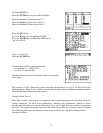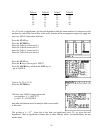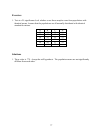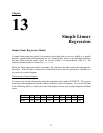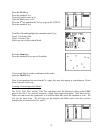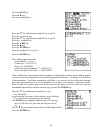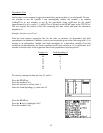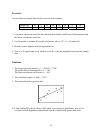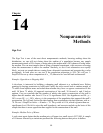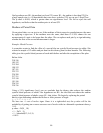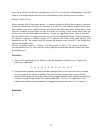Since the p-value is less than our significance level 2.5%, we reject the null hypothesis. The data
leads us to conclude that the diet does lower the median systolic blood pressure of adults.
Example: Math Anxiety
Many students suffer from math anxiety. A statistics professor offered her students a two-hour
lecture on math anxiety and ways to overcome it. A total 79 of 42 students attended this lecture.
The students were given similar statistics tests before and after the lecture. Thirty-three of the
forty-two students scored higher on the tests after the lecture, seven scored lower after the
lecture, and two scored the same on both tests. Using a 1% significance level, can you conclude
that the median score of students increases as a result of attending this lecture? Assume that these
42 students constitute a random sample of all students who suffer from math anxiety. Our
hypotheses are H0 : the lecture does not increase the median score versus H1 : the lecture does
increase the median score.
We use 1-PropZTest with x = 33 and n = 42. The p-value is 1.064 × 10−4, which is less than
our significance level 1%. We reject the null hypothesis and conclude that the lecture does raise
the median score.
Exercises
1. Test at a 5% significance level whether or not the population median is over 10 given the
following sample data:
9 11 8 16 8 8 12 15 16 10 10 9
2. One hundred cell-phone customers who have changed their service provider from Company
A to Company B are chosen at random. Sixty-three of the customers have lowered their
monthly bills, twenty-seven of the customers have higher monthly bills, and the remaining ten
customers report having roughly the same monthly bills. Test at a 5% significance level
whether the median costs per month for Company B are lower than those for Company A.
Solutions
1.
87




